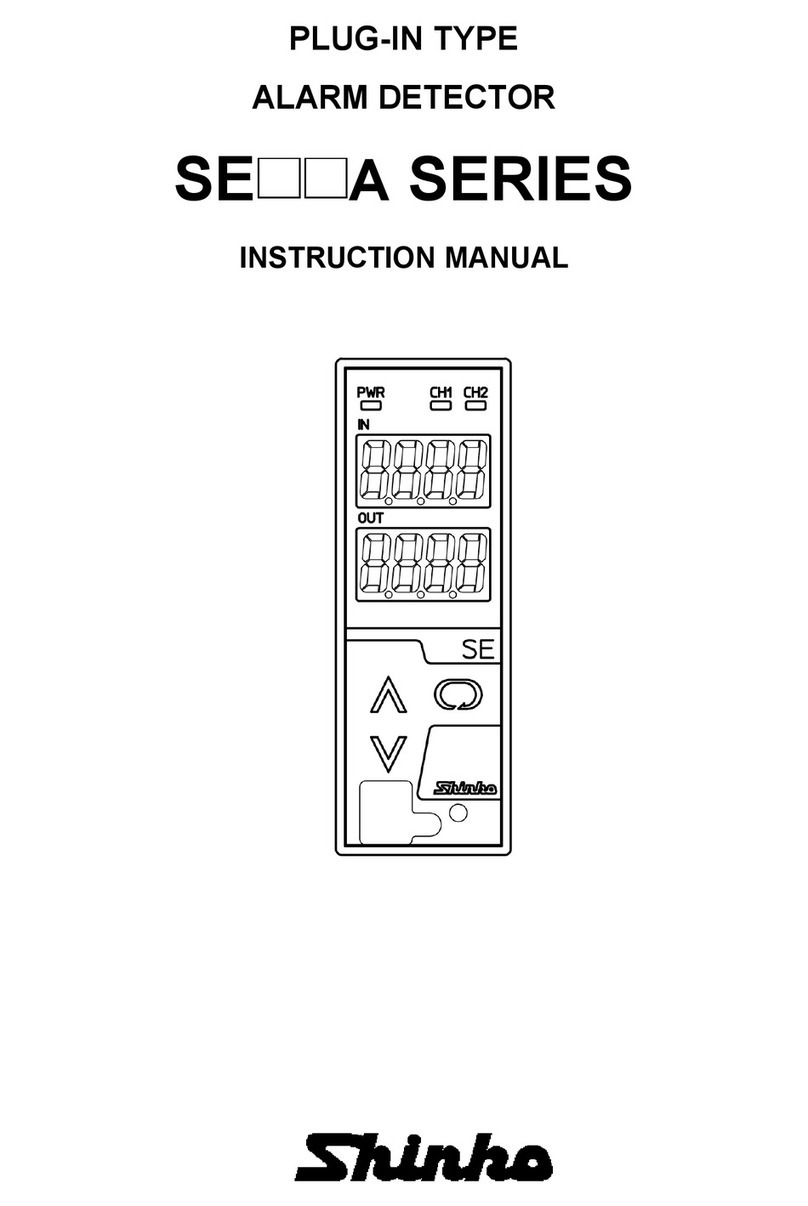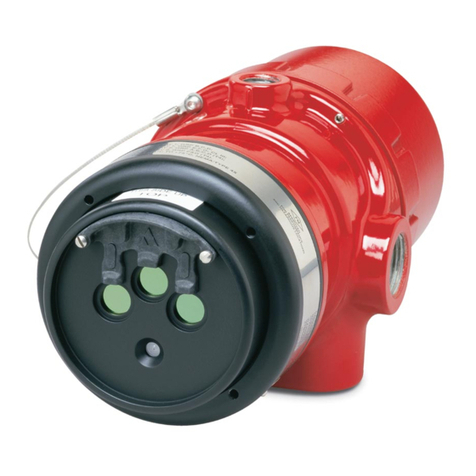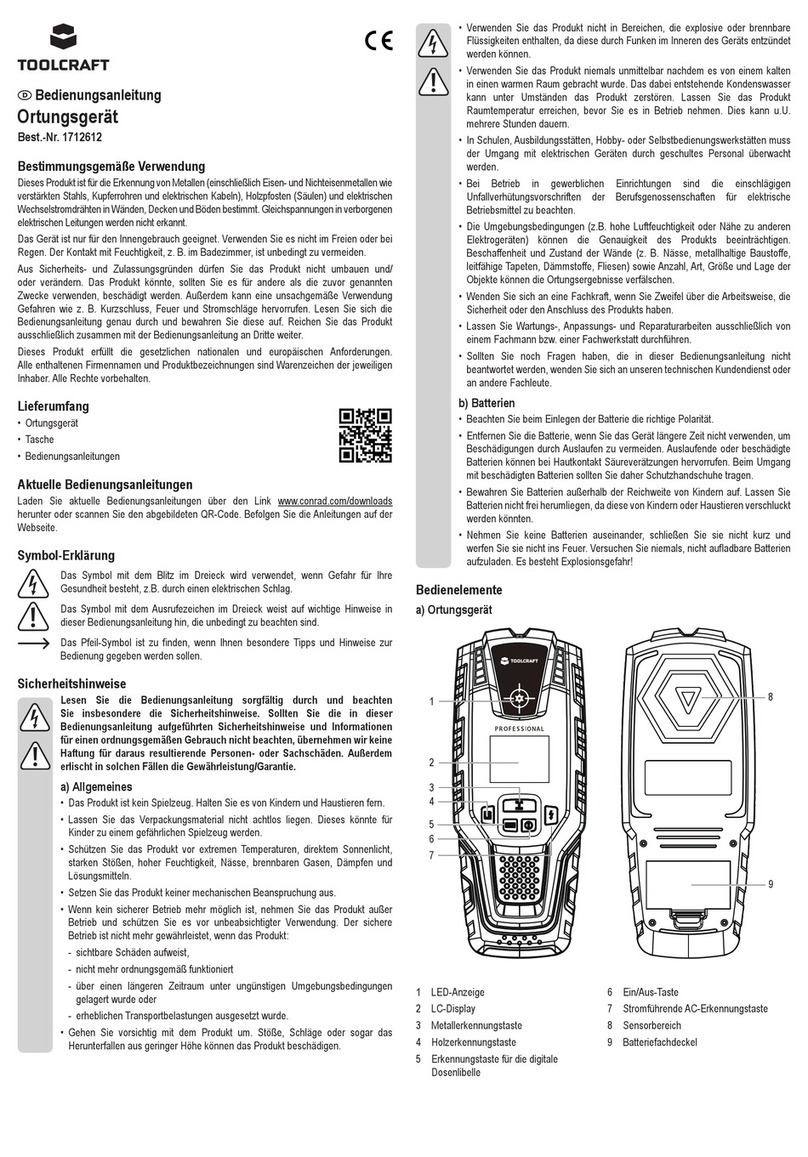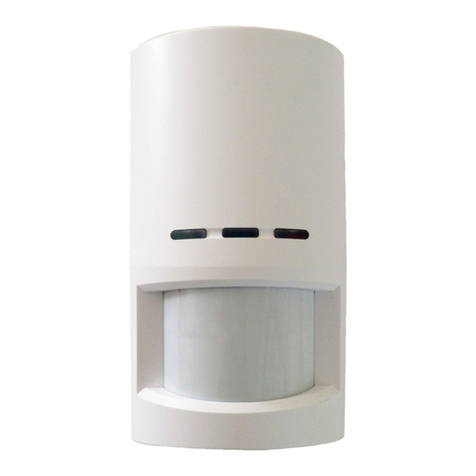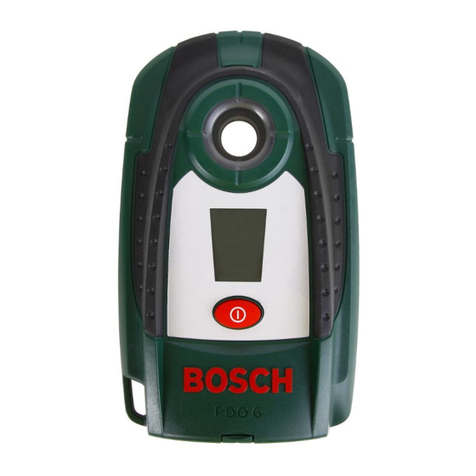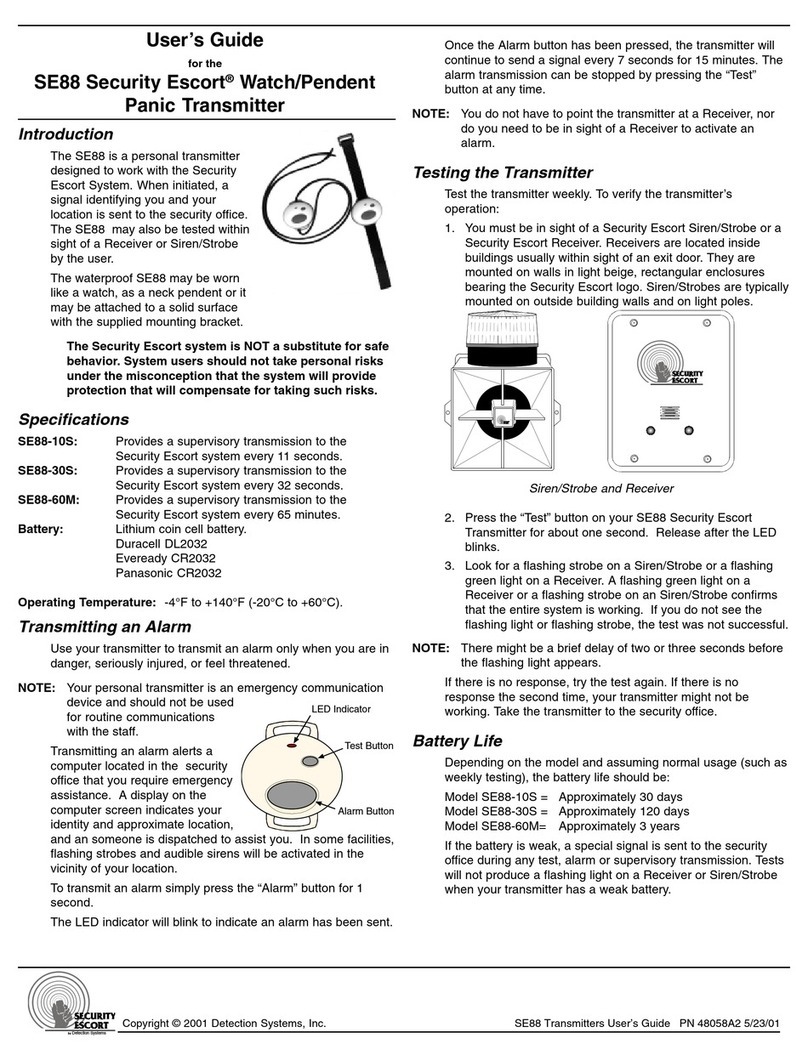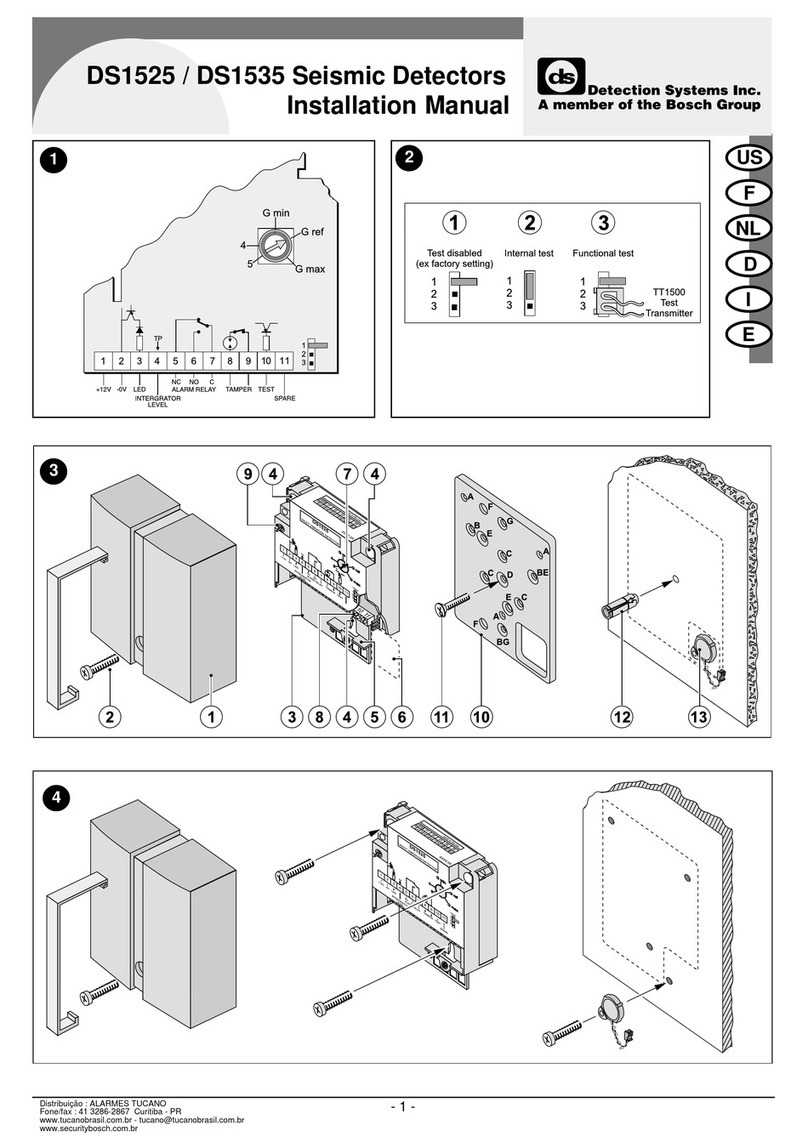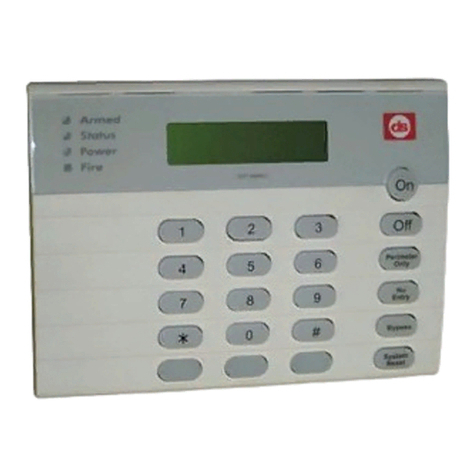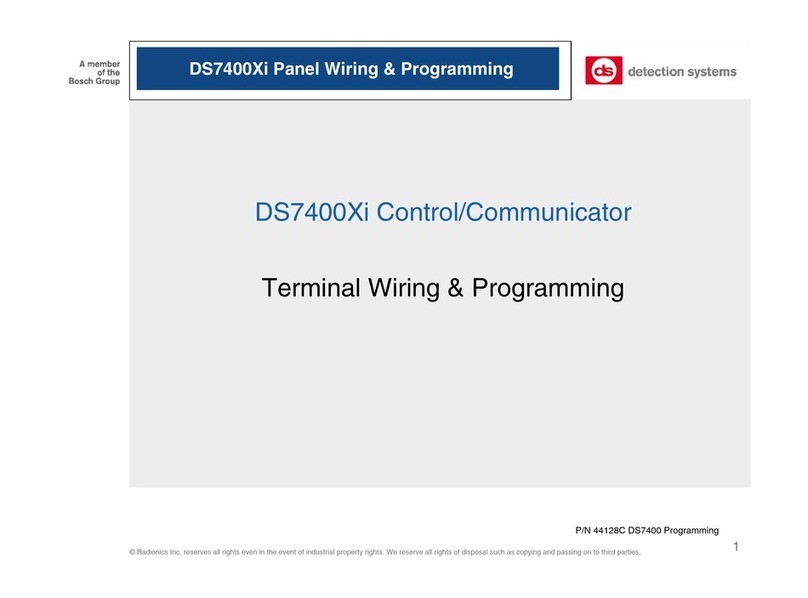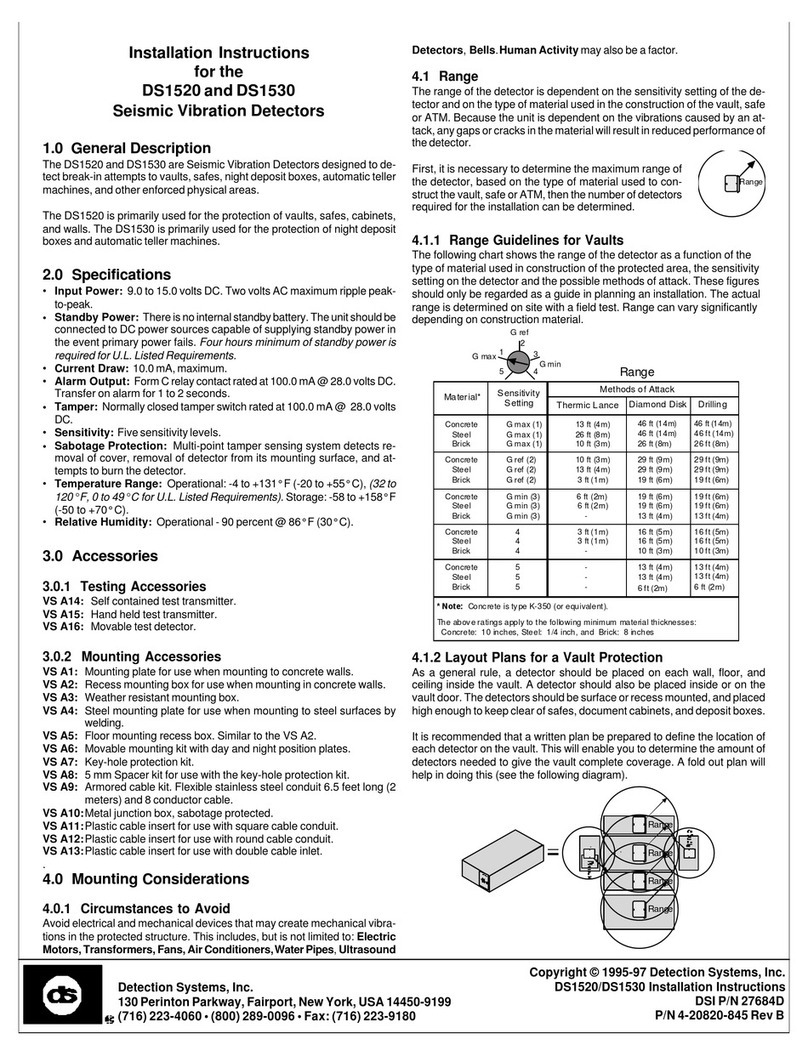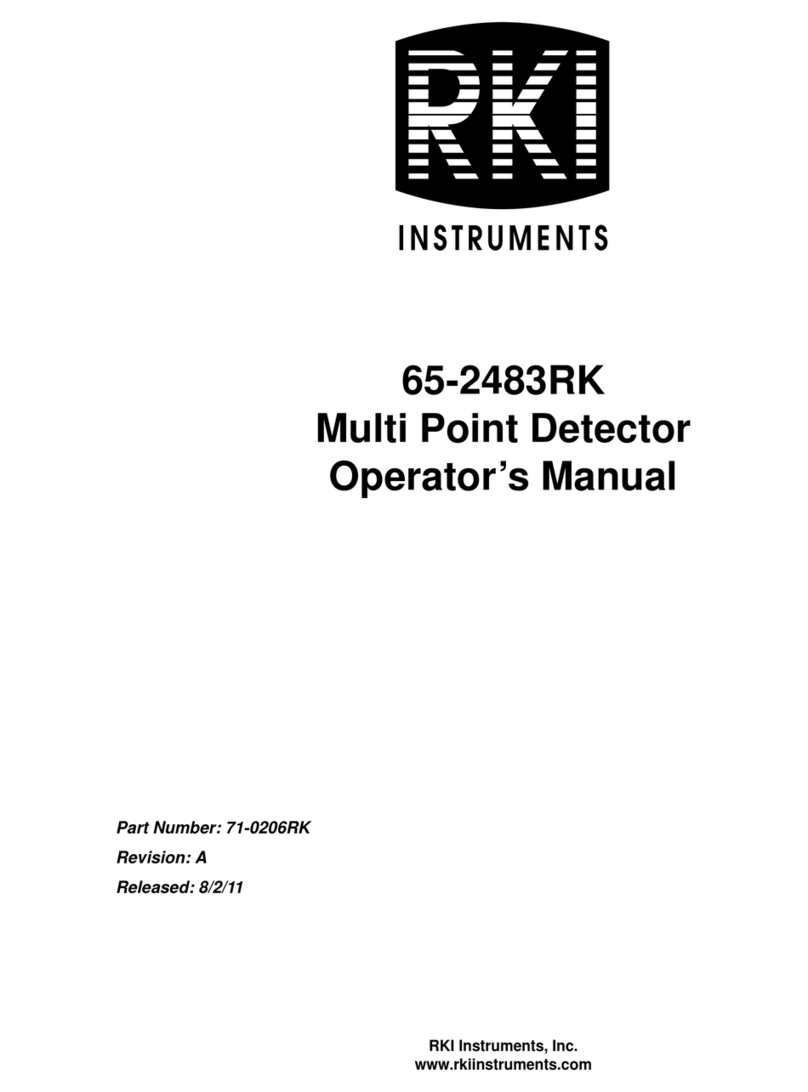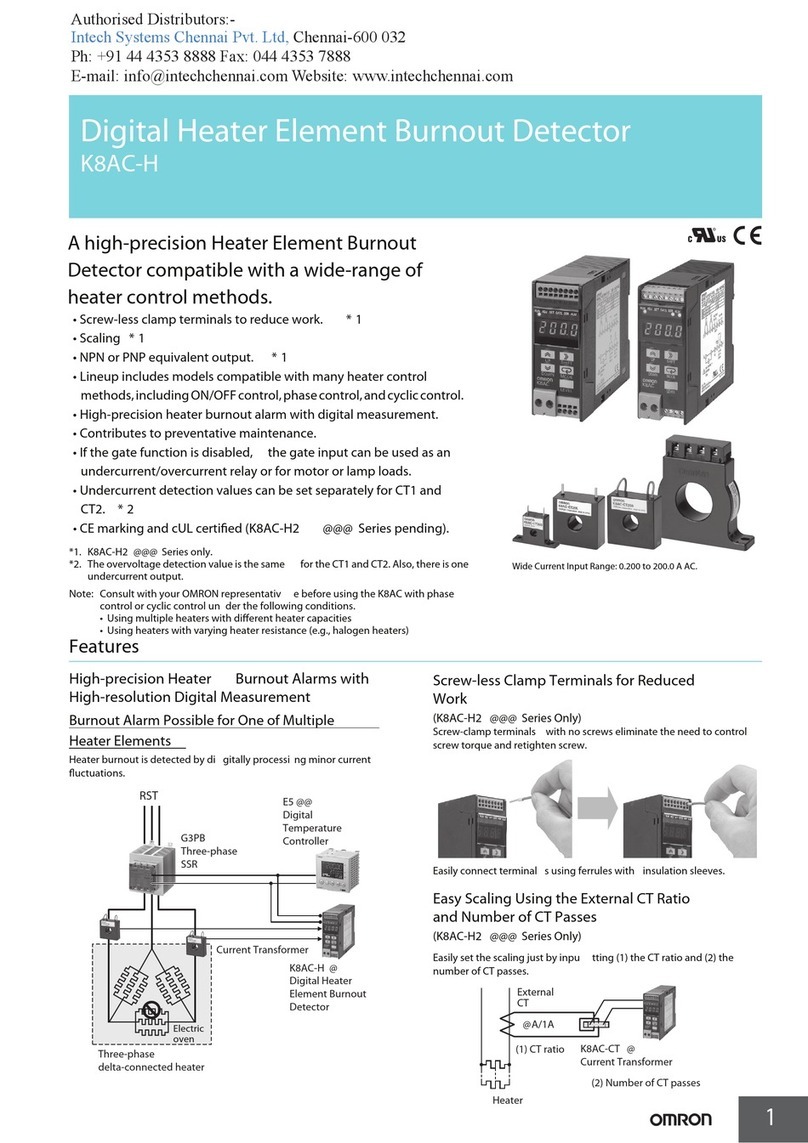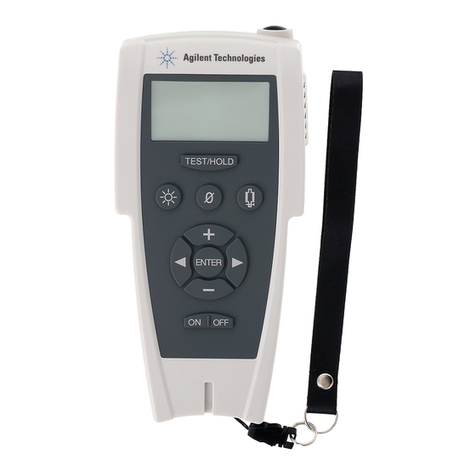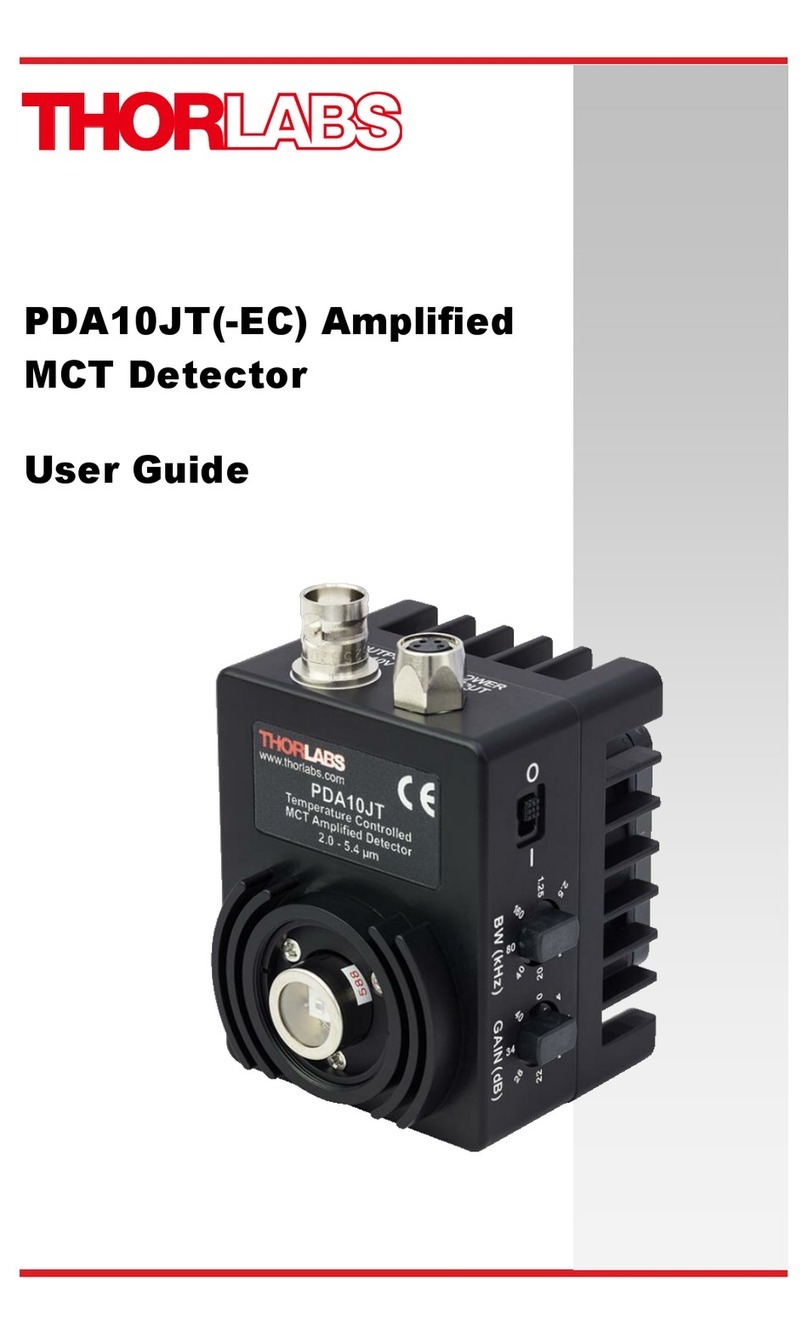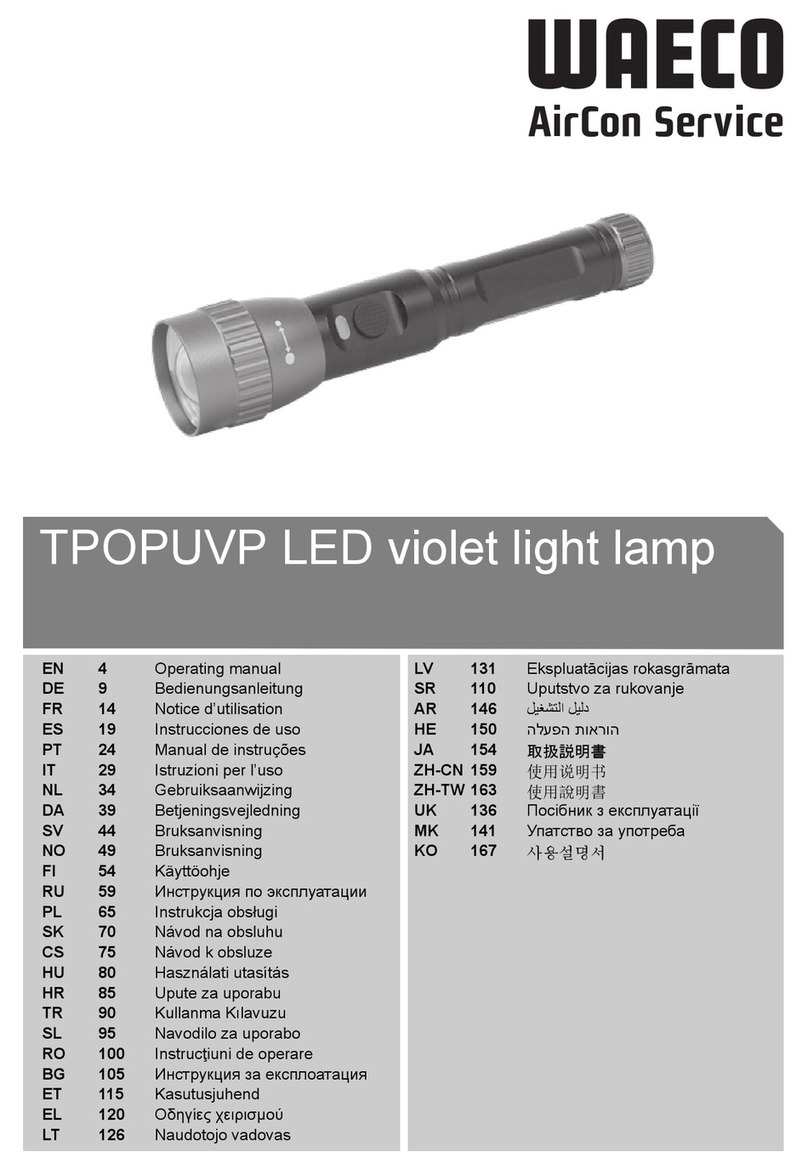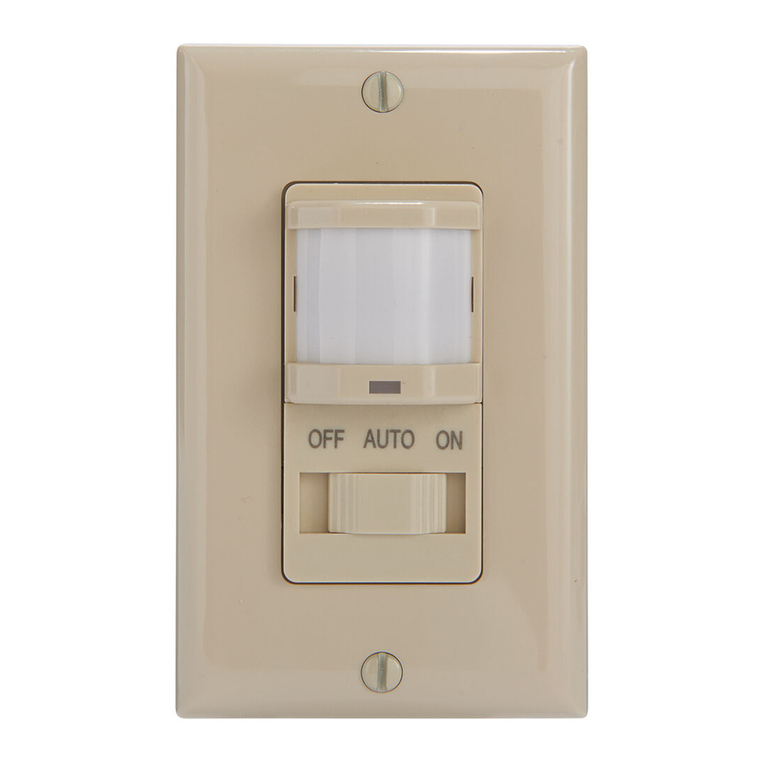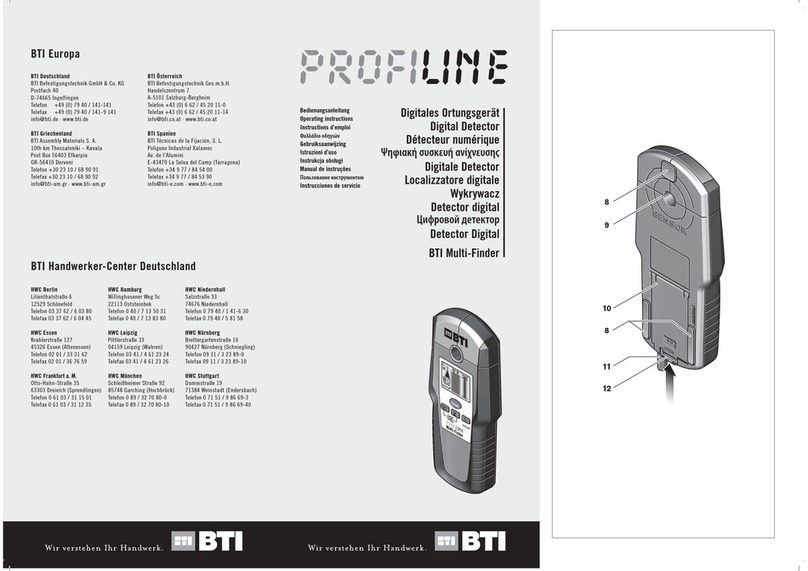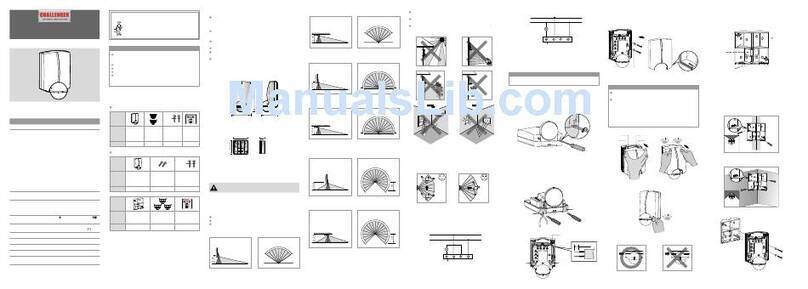
Page 2 P/N: 45314C DS433i Installation Instructions
4.0 Wiring
Only apply power after all connections have been made
and inspected.
•Use the following chart (Figure C) to determine the minimum gauge
wire needed per length of wire run between the power source and
the last unit on the run. The chart is based on one system (one
transmitter and one receiver) connected to the same wire run from
the power source.
If more than one system is added to the run, the maximum length
per gauge decreases and is determined by dividing the length found
in the chart by the number of systems on the run.
SIZE
20 AWG(1.0mm)
18 AWG(1.2mm)
16 AWG(1.5mm)
14 AWG(1.8mm)
12 VDC
1,000 ft. (300 m)
1,600 ft. (480 m)
2,600 ft. (790m)
4,000 ft. (1200 m)
24 VDC
5,000 ft. (1500 m)
8,000 ft. (2400 m)
13,000 ft. (3900 m)
20,000 ft. (6000 m)
DS433iWiring Chart
Figure C - Wire chart
•Wire the receiver and transmitter terminal strips (see Figures D and
E).
POWER
(non-polar)
TAMPER
SWITCH
(N.C.with
coverfitted)
ALARM
OUTPUT
N.C.COM.N.O.
POWER
(non-polar)
TAMPER
SWITCH
(N.C.with
coverfitted)
Figure D - Receiver wiring Figure E - Transmitter wiring
5.0 Set-up and Alignment
NOTE: Precise, correct alignment is a critical process for these
systems to operate effectively.
•Look through one of the Transmitter’s Viewfinders located on either
side of the Mirror Unit (see Figure B).
•Rotate the Mirror Unit until the image of the other unit is centered in
the mirror (see Figure F). If initially aimed too high or low, adjust the
Vertical Fine Tuning Screw (see Figure B) until the unit is centered.
Figure F - Viewfinder Image
NOTE: Alignment may be made easier with the use of an alignment
light (see Section 7.0).
•Repeat this complete alignment sequence for the Receiver.
Only apply power after all connections have been made
and inspected.
•Apply power to the units.
•Check the Transmitter. The Indicator LED (see Figure B) should be
on (green). If the lamp is not on, the unit is not receiving power.
•When properly aligned the Receiver’s Indicator LED should be lit
(green). If the Indicator LED is not on or lit red, either the Receiver
is not properly wired to the power source, the units are not properly
aligned, or the mirrors are dirty. Inspect the wiring, clean the mirrors,
and realign the system as needed.
NOTE: The Mirror Units may be cleaned with a soft, clean, damp
cloth.
•Once the system is properly aligned, replace the Filters.
6.0 Final Check
NOTE: The following test should be performed at least once per year
to assure proper performance and operation. Furthermore,
the system mounting (including alignment), wiring, and
condition of all components should be inspected periodically.
•Once the system has been aligned and all components are
reassembled, walk through the beam path at several locations and
from varying directions (see Figure G). Be sure the system alarms
as desired.
Figure G - Walk Testing
•The system should alarm during each crossing of the beam. If not,
re-check alignment.
NOTE: If a tamper circuit has been installed, it should be tested now
by removing the Filters.
•Replace the Filters after testing.
7.0 Other Information
7.1 Alignment Lights
Alignment may be made easier by using a flashing high intensity light
placed in front of the units. This makes a very distinct target when
looking at the other unit through the viewing port. A recommended
light source is model AL402.
7.2 Maintenance
At least once a year the Filters should be cleaned. Use a soft, clean
damp cloth.
On a daily basis, the end user should walk through the beams before
arming. This will verify operation.
8.0 Application Tips
When using photoelectric detectors for motion detection, there are a
few installation techniques that will make the system more versatile.
8.1 Beam Stacking
Beam stacking gives a wall of protection by stacking several units at
different heights and providing an alarm activation on the blockage of
only one pair of beams (see Figure H for the correct set-up technique).
Note that the system is installed with alternating transmitters and
receivers at each end. This eliminates the possibility of a receiver
being covered by more than one transmitter.
SD
R1
T2
R2
T1
Figure H - Beam Stack Method
